Embryo Freezing – Can It Improve IVF Success Rate?
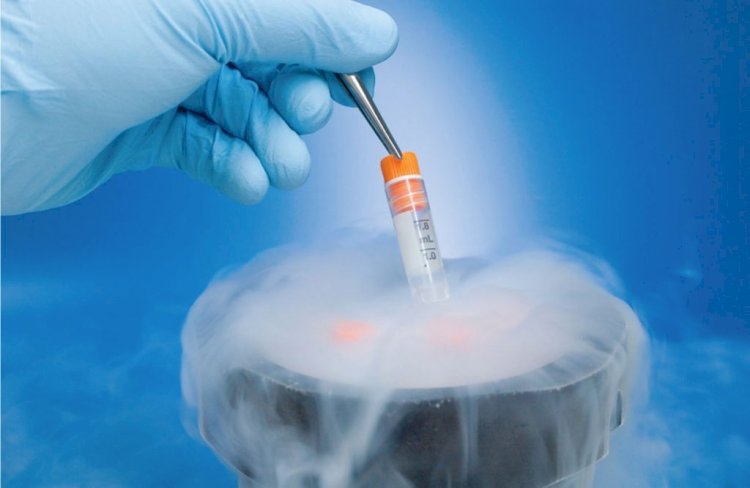
Embryo freezing - Can it improve IVF success rate?
The capacity to freeze and thaw embryos effectively is one of the best development s in Assisted Reproductive Technology (ART). Numerous fertility patients who experience in vitro fertilization treatment (IVF) get additional benefits with frozen embryos. Embryo freezing – cryopreservation, has existed for a long time, yet prior methods were related with unwanted formation of ice crystals. Vitrification, quick and fast freezing technology, has significantly enhanced results from cryopreserved embryos. Patients who utilize frozen embryos presently experience success rates equivalent to, or better than those from transfer cycles or fresh embryo.
What's the recent research on frozen embryo success rates?
Recent studies have given an incredible motivation to trust with regards to frozen embryo transfers. Agreement is that by and large, FET success rates are at any rate as high as fresh embryo transfer success rates. For a few women, FET success rates can really be a lot higher than new embryo transfers. According to a study not a long ago by analysts at Stanford University found that in women who are more than 35 with high progesterone levels, frozen embryo transfers were 73% more likely to result in a continuous pregnancy than a new transfer.
For a long time, the popular notion in Assisted Reproductive Technology (ART) has been that new embryo transfers are more effective than frozen embryo transfers (FETs), when FETs are defrosted and transferred into the uterus of the woman. The reasoning was that the best quality embryo would be chosen for the fresh cycle to build its possibility of success, and that the rest of the embryos, while still of great quality, probably won't be as productive as the ones utilized in the new cycle.
However, ongoing studies and research findings suggests that this observation may need to change. The most recent information data answered to the SART, the Society for Assisted Reproductive Technology, for 2013, demonstrates that for women aged 35 and over the percentage of transfers resulting into live births is really higher for FETs than for new embryo transfers. What appears to be of utmost importance to success rates is the mother's age at the time when the embryos were frozen, as opposed to her age at the time of the transfer.
Your odds of success with a FET are about equivalent to they were the point at which the embryo were first frozen, in light of the fact that freezing shields them from maturing. Ongoing information for transfers recommends that FETs might be more fruitful than fresh cycles for ladies 35 and over, however studies have not been conducted to support and validate this fact.
What are the Benefits of Embryo Freezing?
Frozen embryos provide patients additional cycle opportunities -
Having frozen embryos permits you extra opportunity for success from a given egg recovery. In the event that your fresh transfer is unsuccessful, frozen embryos may give the likelihood of attempting again without taking ovarian simulation drug or to have another egg recovery. The development of vitrification technology has prompted extraordinary results, with an ever increasing number of patients accomplishing live birth from a cycle that has been simulated only once.
Frozen embryo transfer (FET) cycles are less expensive than new cycles -
Following a fresh IVF treatment cycle, consequent FET cycles are less expensive for patients. Costs of both medicine and treatment are lesser when compared with a new cycle. Expenses of treatment are diminished since there are less monitoring visits, and there is no requirement for egg recovery, insemination, or foetus culture.
Moreover, when you have a frozen cycle, you don't need to experience ovarian stimulation or egg recovery, since you did that before in a fresh cycle. You do need to utilize estrogen and progesterone to thicken the uterine covering and set it up to get the embryo transfer, yet these meds are substantially less costly than the ovarian stimulation medications. They additionally have less potential reactions, are less demanding on your body, and the ultrasound and blood work observing that the doctor does for you are not the part of the FET convention.
So, to conclude it would be safe enough to suggest that success rates with embryo freezing depend upon a lot of factors. Primary being the age of the woman and the type of facility choose for the IVF treatment.










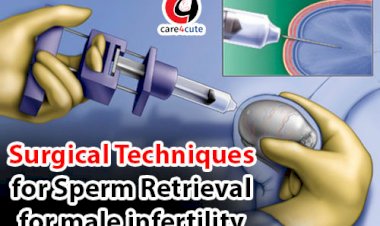


















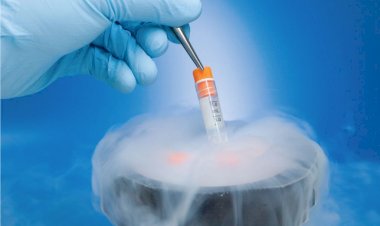
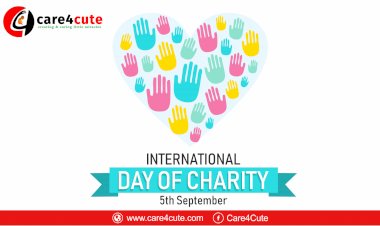




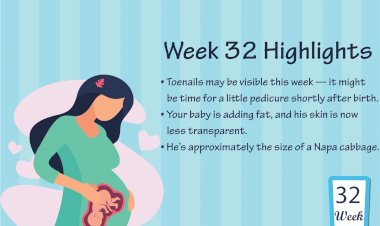


Comments (0)